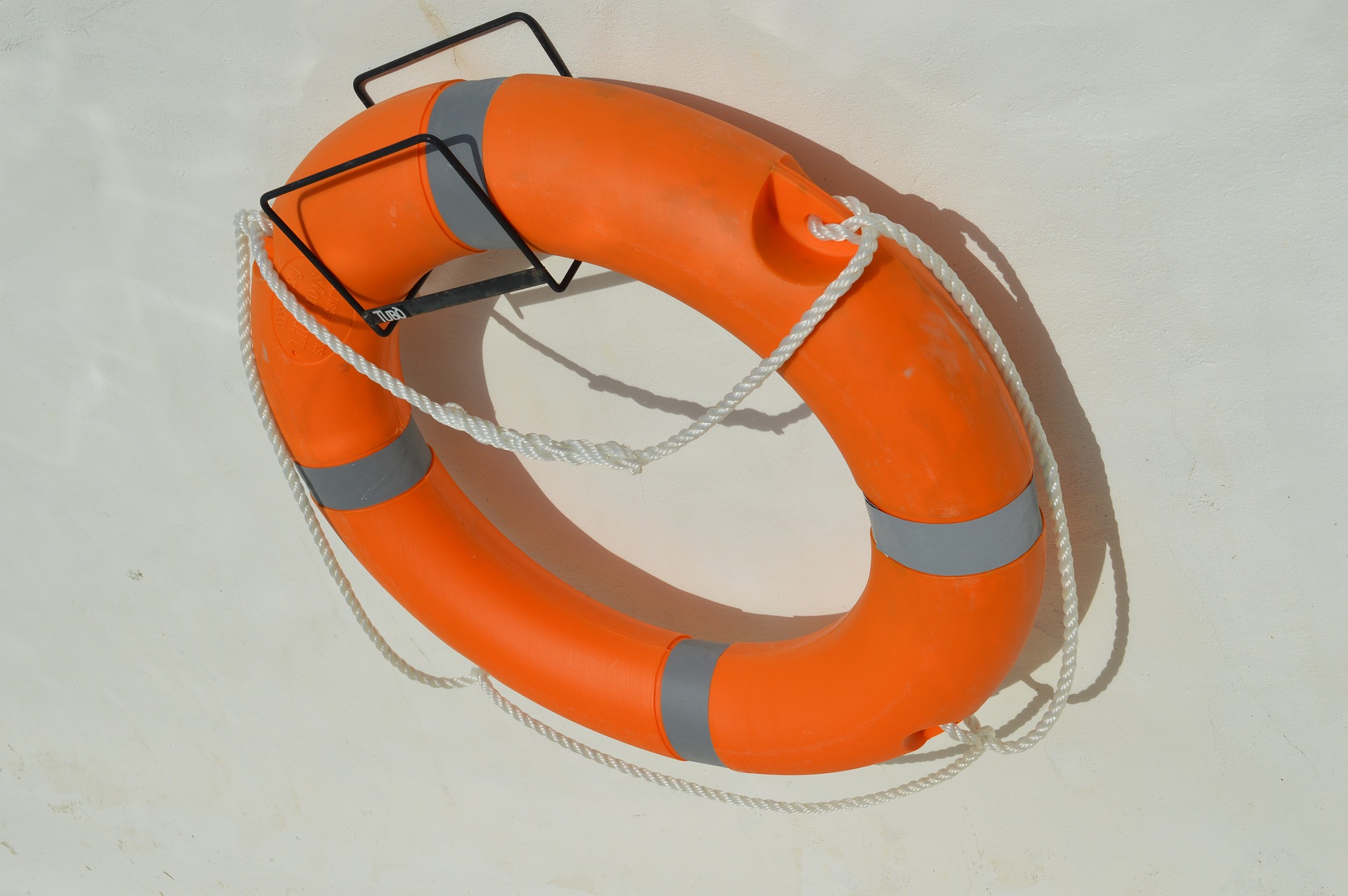In a control system overshoot refers to the situation where the output of the system exceeds the desired value. This can occur when the control system, the control loop, tries to reach a specific setpoint but the response is too fast or too strong causing the output to continue past the desired setpoint value. For example, if a control system is trying to maintain the temperature of a process at a certain level, an overshoot would occur if the temperature temporarily goes above the setpoint before the control system/loop can bring it back down to the desired level.
Control overshoot can be caused by a number of factors, including poor tuning of the control system, high gain or sensitivity, external disturbances or noise, and mechanical wear and tear on the control valve or other components. It can also be caused by a lack of damping or damping that is too low, which can cause oscillations to build up and become more severe over time. If a positioner is present on your control valve it can also be the cause of the overshoot due to mechanical issues or calibration.
Control overshoot, one of the control related issues detected by the control valve app, can lead to instability and poor performance in a control system, as it can cause the output to fluctuate or oscillate excessively.
To prevent or mitigate control overshoot, it is important to properly tune the control system, including selecting the appropriate control algorithm and gain settings, and to ensure that the control valve and other components are in good working condition. It may also be necessary to add damping or other stabilizing elements to the control system to reduce oscillations and improve its performance.
When PID or PD control is used, damp the control by increasing the derative of the PID loop maintaining the required responsiveness of the loop. When PI control is used there is integrator windup and as a result there will almost always be an overshoot, try applying a filter on the SP!
